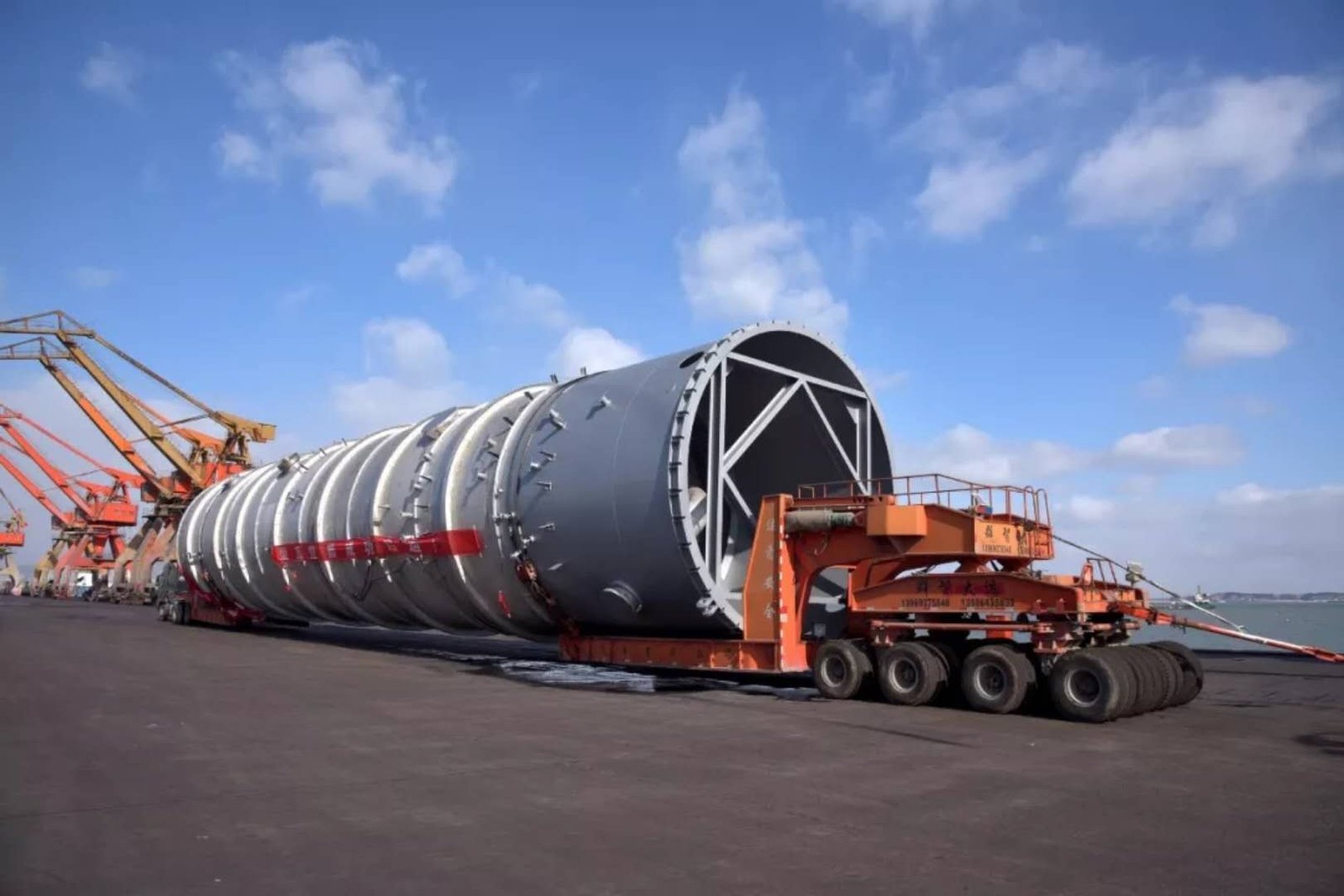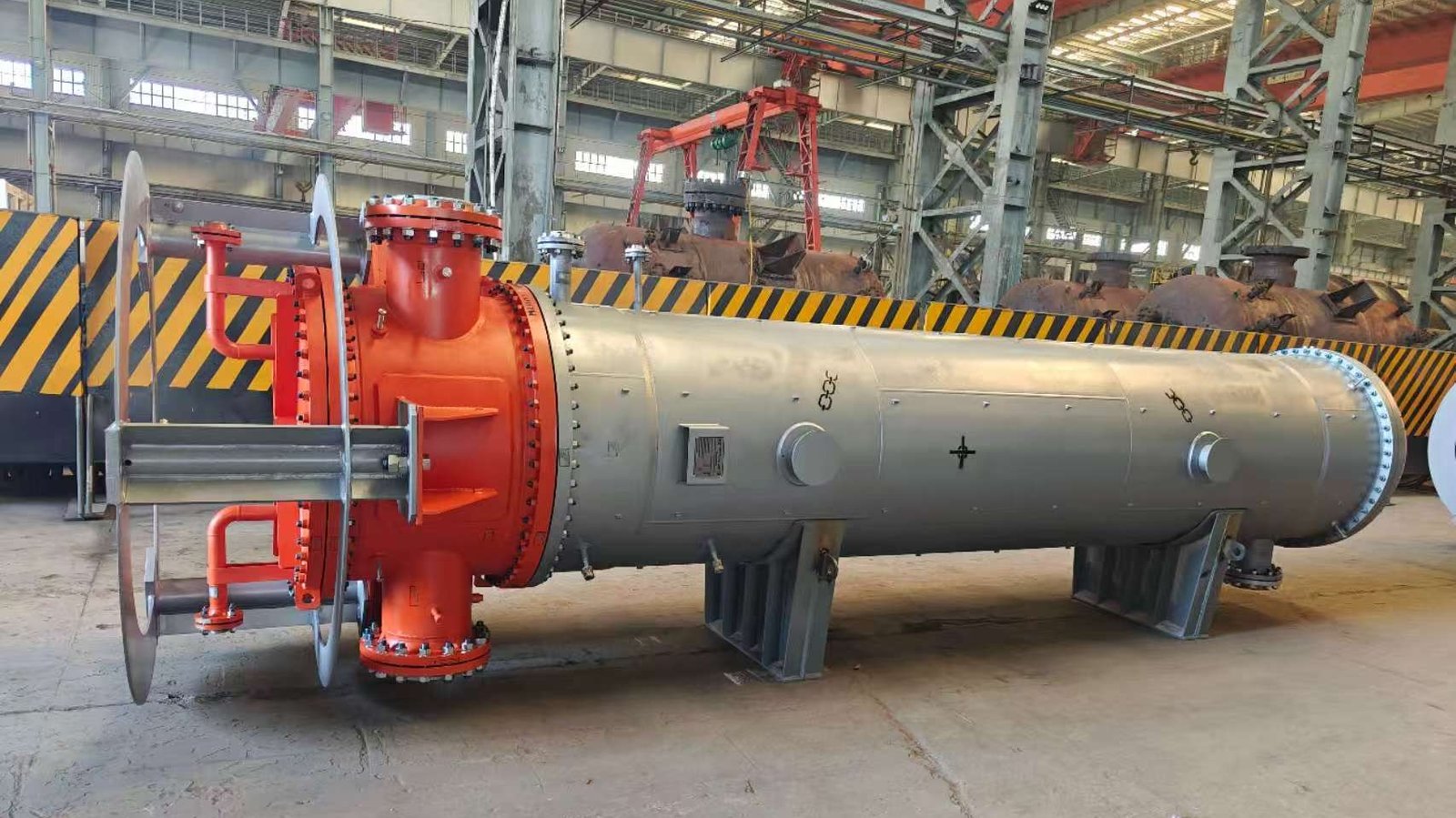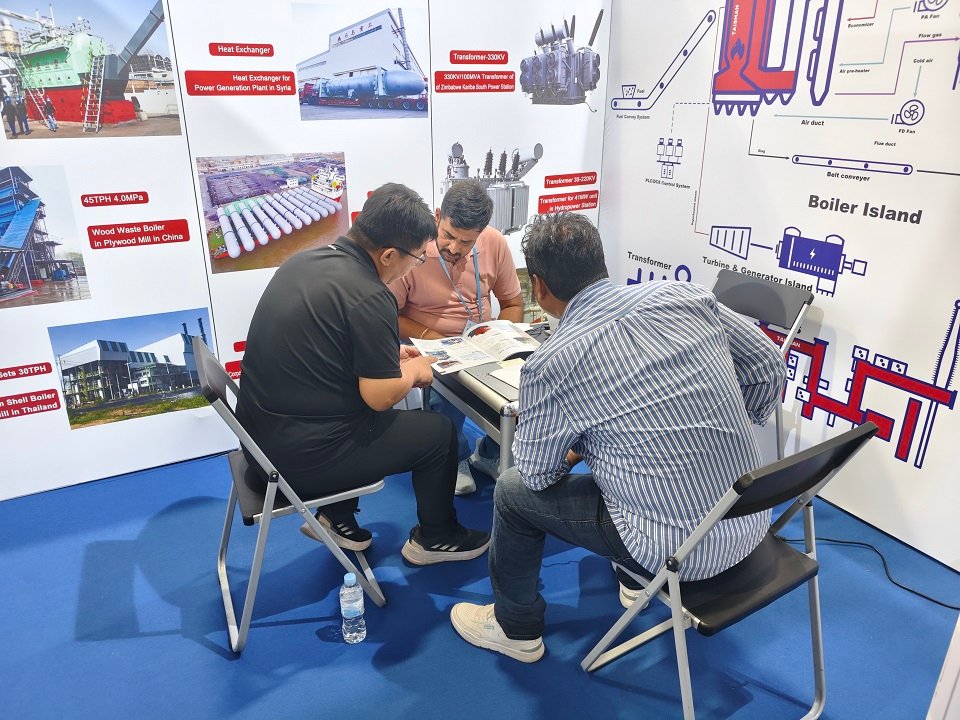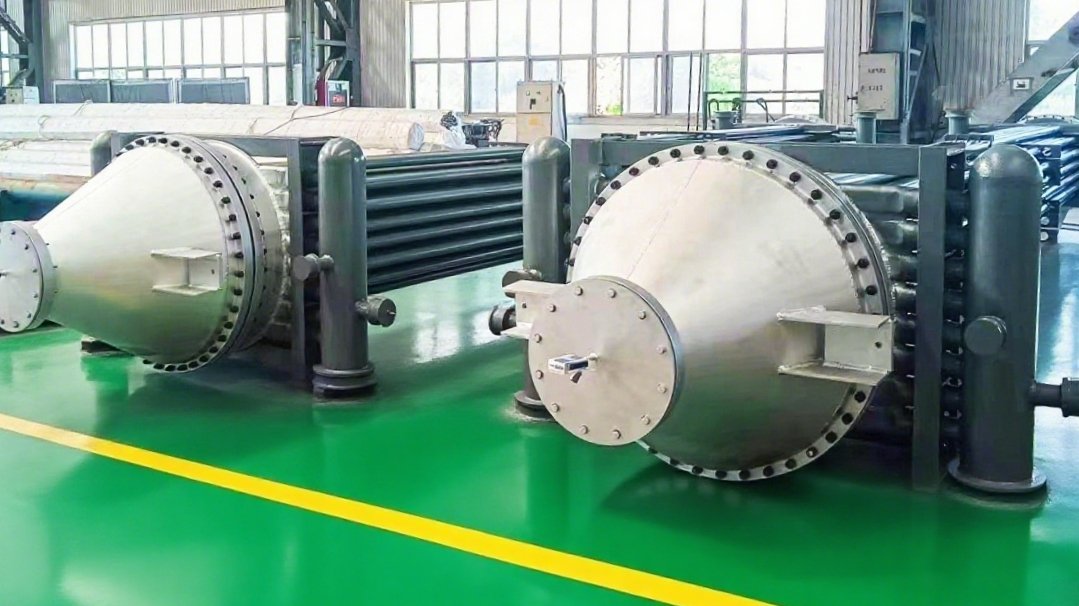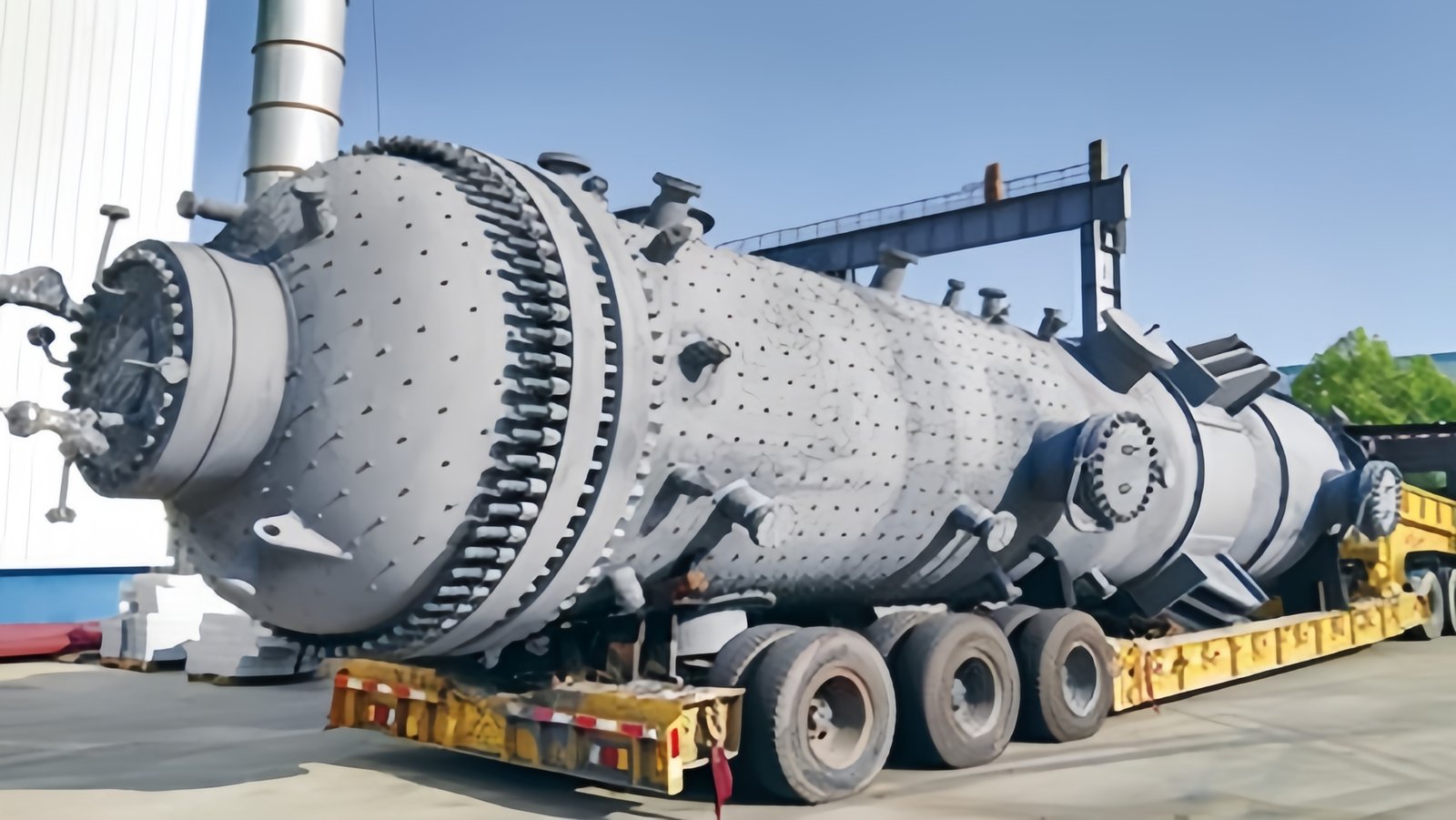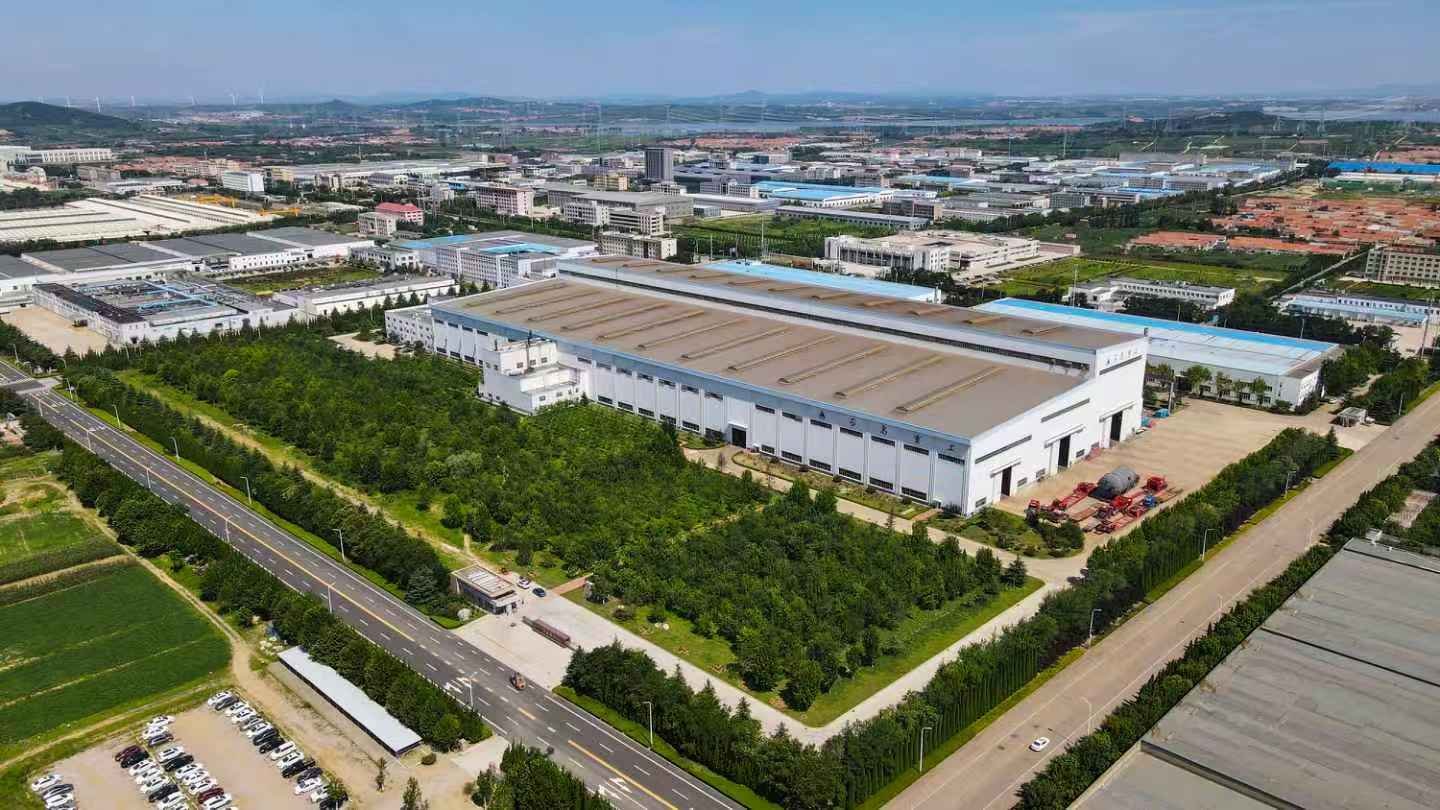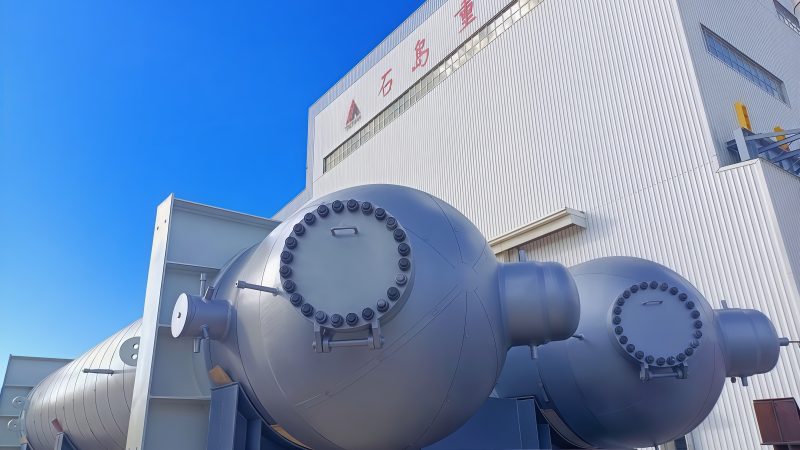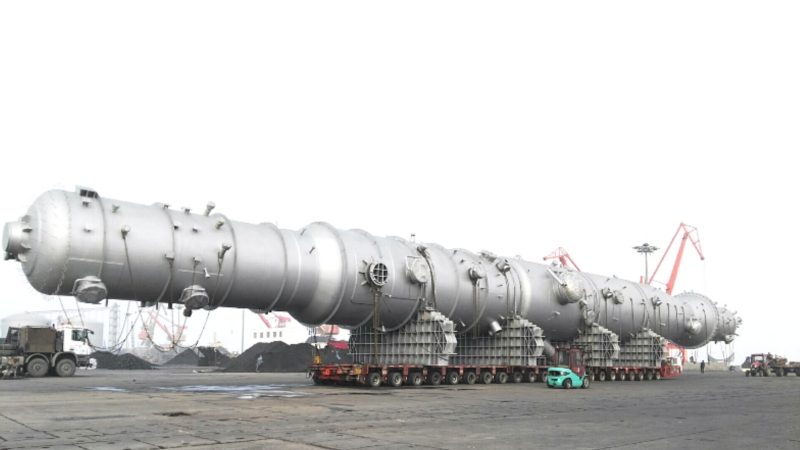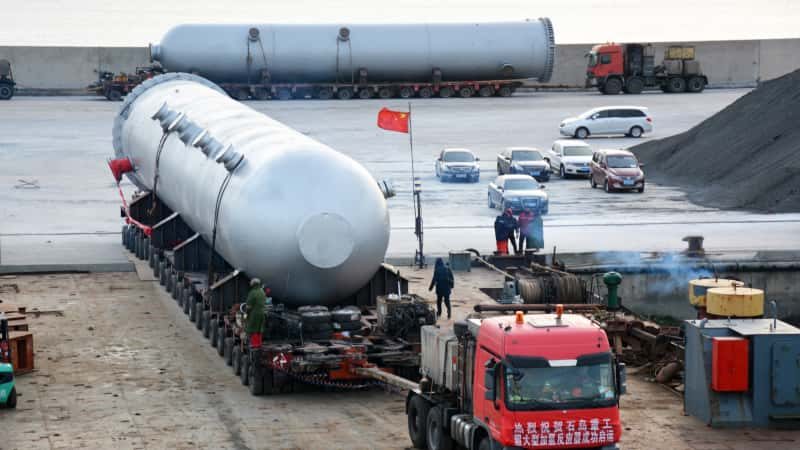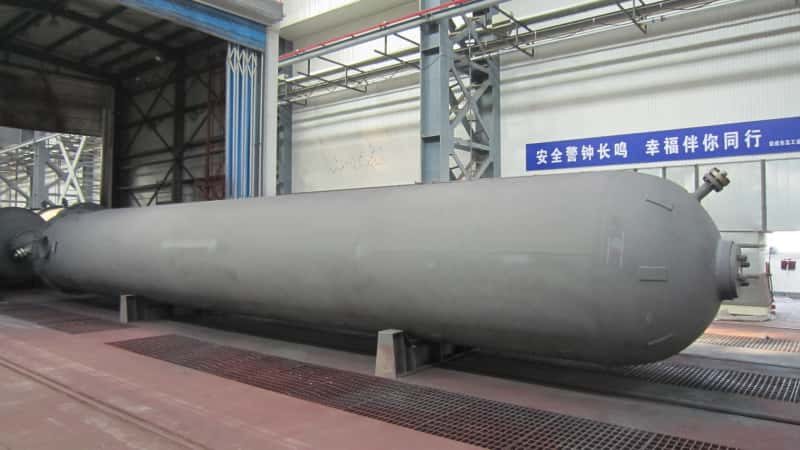In industrial operations—whether refining crude oil, producing ethanol, or recovering solvents—separation of liquid mixtures is a fundamental process. However, using outdated or imprecise methods such as simple distillation often results in impure products, high energy waste, and operational inefficiency. These limitations directly affect profitability, environmental compliance, and product quality. The solution lies in the use of fractionating towers (also known as distillation columns), which offer superior control, continuous processing, and high-purity output. This article provides a comprehensive and structured analysis of why fractionating towers are essential in modern process industries.
A fractionating tower (or distillation column) offers major advantages, including high separation efficiency, continuous processing capability, energy savings via reflux and heat integration, adaptability to complex mixtures, scalable design from lab to plant, and automation readiness. These benefits make it the preferred technology in refineries, chemical plants, and pharmaceutical industries for precise and large-scale separation tasks.
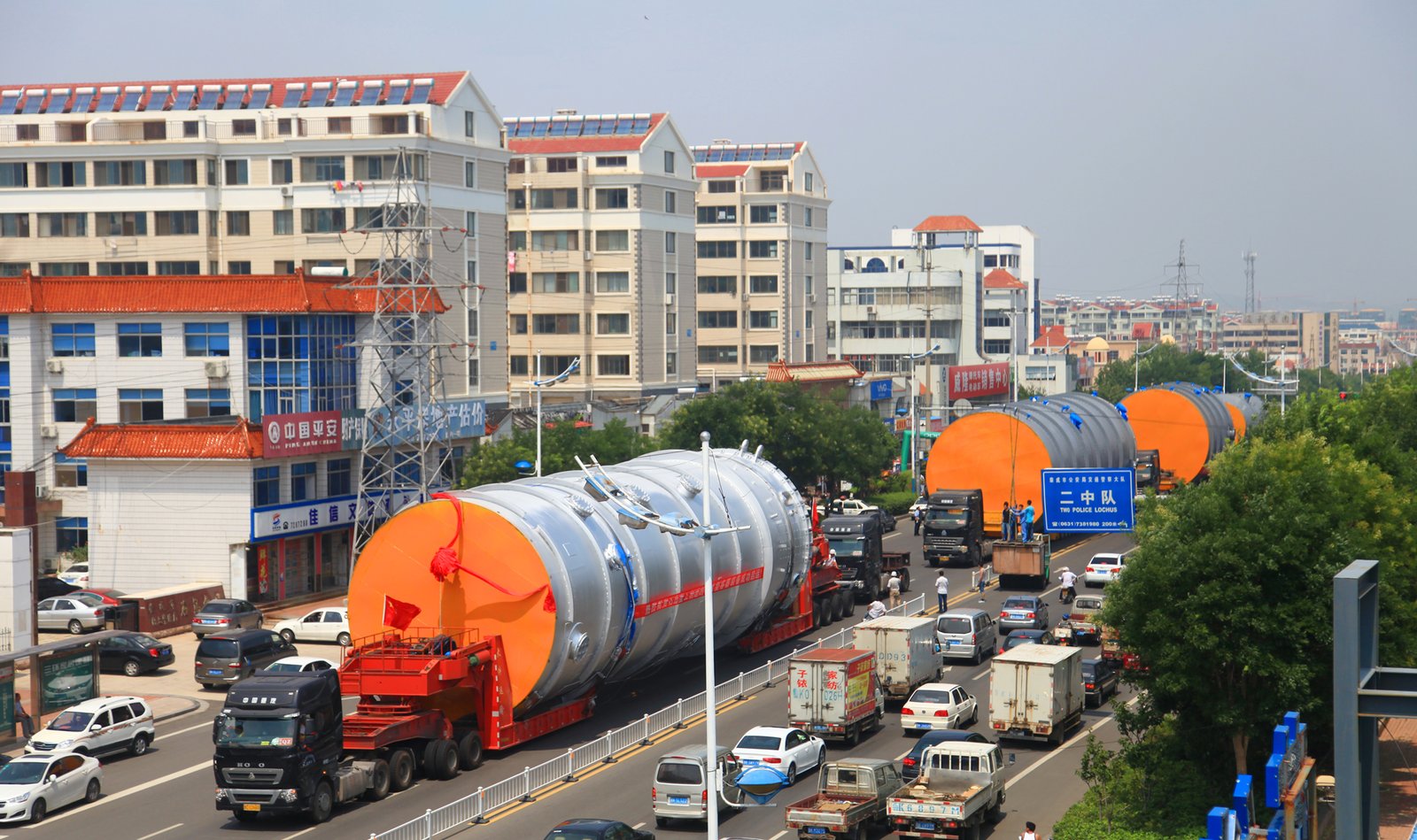
To understand the value of this technology, we will explore how it works, what makes it efficient, and how it compares to other methods. The information below is designed for decision-makers, engineers, and technical professionals looking to improve their plant performance through proven engineering systems.
Fractionating towers are only used in petroleum refining.False
Fractionating towers are widely used in chemical industries, pharmaceutical processing, alcohol production, and solvent recovery, in addition to petroleum refining.
The Principle of Fractionating Towers
Fractionating towers are designed to separate mixtures of liquids with different boiling points through a process called fractional distillation. Inside the tower are a series of plates or packing materials that allow rising vapor to interact with descending liquid. This vapor-liquid contact enhances mass transfer and gradually separates the components based on volatility.
As heat is applied at the base, vapor rises and encounters cooler liquid on the trays. Lower-boiling-point components ascend further, while higher-boiling-point components condense and descend. This series of mini-equilibria across stages creates sharp separation zones for various fractions.
📌 The more trays (theoretical plates) a column has, the more precisely it can separate close-boiling components.
Common Fraction Ranges in a Crude Distillation Tower
| Component | Boiling Point (°C) | Typical Location in Tower |
|---|---|---|
| Methane | -161 | Top (gas phase) |
| Propane | -42 | Upper |
| Gasoline | 40–205 | Mid-section |
| Kerosene | 175–275 | Lower-middle |
| Diesel | 250–350 | Lower |
| Residue (tar/oil) | >350 | Bottom |
Key Advantages of Fractionating Towers
1. High Separation Efficiency Through Stage-Wise Design
One of the most valuable advantages is the tower’s ability to achieve high-purity separations. Each plate or layer of packing provides a vapor-liquid contact stage, simulating a “theoretical plate.” The more stages the column has, the closer it gets to ideal separation conditions.
- Enables recovery of high-value fractions with minimal cross-contamination
- Especially useful for separating mixtures with close boiling points
- Optimized with simulation tools (e.g., Aspen Plus, HYSYS) for specific feeds
Fractionating towers offer customizability in tray design (sieve, valve, bubble cap), allowing engineers to match performance with process requirements.
📊 Efficiency Comparison by Tray Type
| Tray Type | Typical Efficiency (%) | Applications |
|---|---|---|
| Sieve Trays | 60–70 | Oil refining, general chemicals |
| Valve Trays | 70–80 | Variable loads, mid-pressure |
| Bubble Cap Trays | 75–85 | Stable flow, heavy mixtures |
2. Continuous Operation Supports Large-Scale Production
Unlike batch distillation, fractionating towers are designed for continuous feed and product withdrawal. This makes them ideal for high-throughput operations.
- Reduces downtime and labor requirements
- Enables 24/7 plant operation
- Enhances process stability and automation
This continuous operation is particularly advantageous in crude distillation units (CDUs) and solvent recovery loops, where maintaining a steady state ensures consistent product quality.
📌 Large-scale towers often feature multiple draw-off points, integrated heat exchangers, and side strippers to boost flexibility.
3. Energy Efficiency via Reflux and Heat Integration
Energy is a major operational cost in distillation. Fractionating towers combat this with reflux, where part of the condensed top product is returned to the column to improve separation. This reduces the total number of stages required for the same separation level.
Moreover, modern towers use:
- Preheaters to recover heat from outgoing products
- Internal reboilers and condensers
- Thermally integrated side strippers
These innovations reduce fuel consumption and emissions.
📊 Energy Saving Features in Distillation Towers
| Method | Energy Reduction Potential (%) | Description |
|---|---|---|
| Reflux Ratio Optimization | 10–25 | Balances purity and energy input |
| Feed Preheating | 15–30 | Uses product heat to pre-warm incoming |
| Thermally Coupled Columns | 20–40 | Shares energy between two towers |
Distillation columns cannot be used to separate azeotropes.False
Some azeotropes can be separated using techniques like pressure-swing distillation or by adding entrainers in azeotropic distillation, both involving modified distillation columns.
4. Flexibility Across Industries and Mixture Types
A major advantage of fractionating towers is their adaptability:
- Crude oil refining (multi-component, high volume)
- Alcohol distillation (binary mixtures)
- Solvent recovery (azeotropic or close-boiling mixtures)
- Pharmaceutical applications (heat-sensitive materials under vacuum)
By adjusting operating pressure, column design, and internal configuration, towers can be fine-tuned for a wide range of industrial challenges.
📊 Industrial Applications by Configuration Type
| Industry | Tower Configuration | Purpose |
|---|---|---|
| Petrochemicals | Tray column with reflux drum | Gasoline, diesel, fuel oil separation |
| Pharmaceuticals | Vacuum-packed column | Solvent recovery, API separation |
| Fine chemicals | Reactive distillation column | Combining reaction and separation |
| Food & beverage | Stainless packed column | Ethanol purification |
5. Scalability From Lab to Full Plant Size
Fractionating towers are scalable and modular, making them suitable for:
- R\&D and pilot-scale testing
- Medium-scale production units
- Mega-refinery or petrochemical complexes
This scalability is especially valuable during process development, where a bench-top glass column can be modeled, simulated, and then replicated on an industrial scale with precise performance matching.
📌 Digital twins and modeling software help ensure performance translation from lab to plant.
6. Advanced Process Control Enables Automation
Modern distillation towers are equipped with automated control systems including:
- Temperature and pressure sensors across stages
- Flow control loops for feed and reflux
- Real-time composition analyzers
This allows for:
- Consistent output purity
- Rapid adaptation to feed variation
- Reduced operator intervention
Integration with plant-wide DCS (Distributed Control Systems) makes them ideal for Industry 4.0 environments.
Industrial Case Studies: Efficiency in Action
Case 1: Middle Eastern Refinery Upgrade
- Problem: Diesel purity not meeting export spec
- Solution: Installed structured packing and upgraded reflux control
- Result: 8% increase in diesel purity, 12% drop in fuel consumption
Case 2: Pharmaceutical Solvent Recovery
- Problem: High loss of expensive solvents during separation
- Solution: Vacuum distillation tower installed with high-efficiency packing
- Result: Recovery efficiency rose to 98.7%, reducing solvent purchase costs by 60%
Case 3: Alcohol Production Facility
- Problem: Presence of methanol in ethanol stream
- Solution: Upgraded to a taller packed column with better reflux handling
- Result: Achieved food-grade ethanol purity at 96.5%, methanol reduced below 50 ppm
📊 Performance Results by Industry
| Sector | Product Type | Purity Achieved | Energy Savings | ROI Period |
|---|---|---|---|---|
| Oil Refining | Diesel | 98.9% | 12% | 10 months |
| Pharmaceuticals | Acetone, Methanol | >99.5% | 18% | 8 months |
| Alcohol | Ethanol | 96.5% | 15% | 9 months |
Summary: Why Fractionating Towers Remain Essential
Fractionating towers provide a unique combination of efficiency, precision, and industrial robustness. They are adaptable to a wide range of applications, scalable from lab to plant, and increasingly energy-optimized. For anyone serious about process optimization, whether in petrochemicals or pharmaceuticals, the fractionating tower remains a core solution.
✅ High product purity
✅ Energy efficiency
✅ Continuous and automated operation
✅ Adaptability across industries
Contact Us for Expert Tower Design and Solutions
Whether you’re upgrading an existing process or planning a new plant, our engineering team can deliver a custom-designed fractionating tower to meet your performance, capacity, and energy goals. We offer:
- Application-specific tray and packing selection
- Energy integration design
- Commissioning and performance tuning
- Long-term maintenance support



